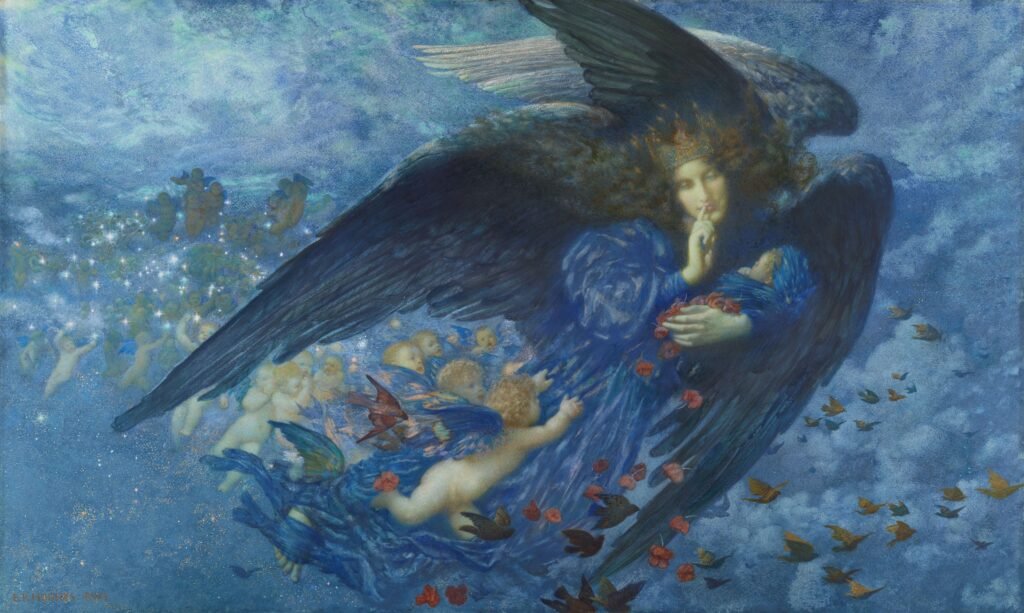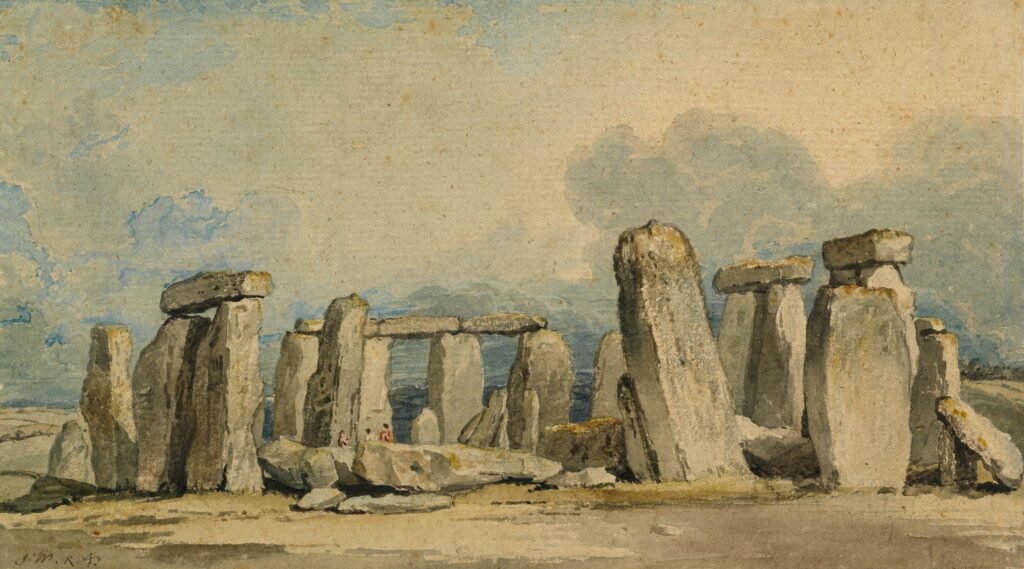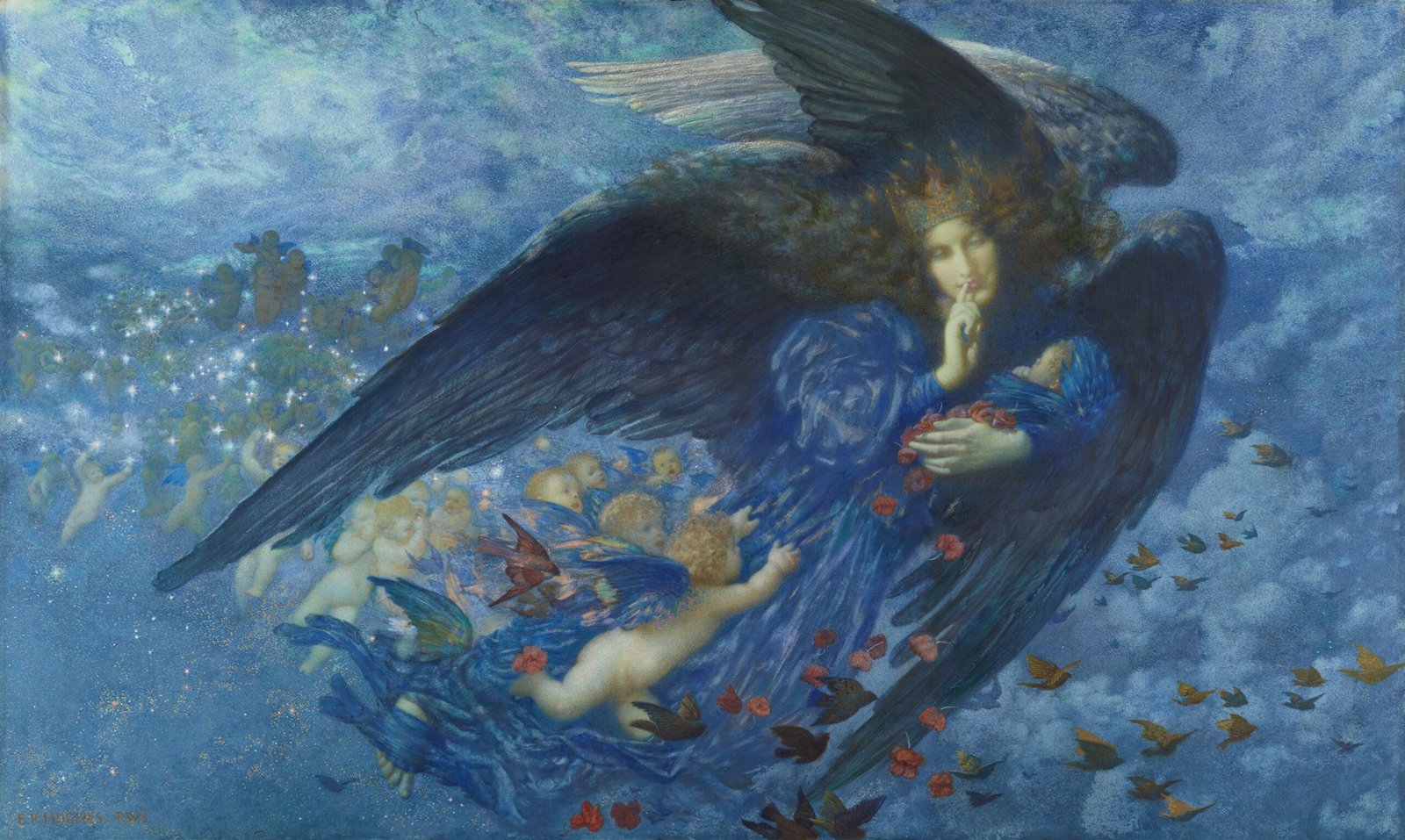Are you looking to create a unique and personalized coloring page that perfectly captures a specific theme? Look no further! In this article, we will explore the steps and techniques you can use to bring your imagination to life and create a coloring page that is tailored to your desired theme. Whether it’s a favorite hobby, a beloved movie, or a special event, we’ve got you covered. So grab your pencils and let’s get started on this creative adventure!
Choosing the Theme
Identify your target audience
When creating a coloring page, it’s important to consider who will be using it. Are you designing the page for children, adults, or a specific age group? Understanding your target audience will help you choose a theme that will resonate with them and engage their interest.
Brainstorm theme ideas
Once you have identified your target audience, it’s time to brainstorm theme ideas. Think about what themes might be popular within your chosen demographic. Consider their interests, hobbies, and current trends. Brainstorming can be a fun and creative process, so don’t be afraid to think outside the box and come up with unique theme ideas.
Research popular themes
To ensure your coloring page is well-received, it’s a good idea to research popular themes within your target audience. Look for themes that are currently trending or have stood the test of time. This research will give you valuable insights into what themes are likely to resonate with your audience and what elements you could incorporate into your coloring page design.
Gathering Inspiration
Explore relevant artwork
To gather inspiration for your coloring page, take the time to explore relevant artwork. Look at illustrations, paintings, and drawings that align with your chosen theme. Pay attention to the techniques, colors, and overall composition used in these artworks. These visual references will inspire and guide you in creating your own unique coloring page.
Visit museums or galleries
If possible, visit museums or galleries that showcase artwork related to your theme. Immerse yourself in the atmosphere of these spaces and observe the artwork up close. Take note of the textures, brushstrokes, and details that catch your eye. Experiencing art in person can provide a deeper level of inspiration and understanding.
Look for inspiration online
The internet is a treasure trove of inspiration for artists and designers. Look for websites, social media platforms, and online communities that curate artwork related to your chosen theme. Online platforms often offer a vast array of styles, techniques, and interpretations that can spark your creativity. Pinterest, Instagram, and art blogs are popular sources for finding inspiration online.

Sketching the Layout
Decide on the page size
Before diving into sketching, decide on the size of your coloring page. Consider the intended use and format, whether it will be printed on standard paper or tailored for a specific coloring book. Knowing the dimensions of your canvas will help you create a layout that fits well within those constraints.
Create a rough sketch
With your page size in mind, start by creating a rough sketch of your coloring page. You can use pencil and paper or digital tools to sketch out the basic elements and composition. Focus on capturing the main elements of your theme and how they will be distributed across the page. This initial sketch serves as a foundation for further refining and developing your design.
Experiment with different elements
Once you have a rough sketch, don’t be afraid to experiment with different elements. Play around with the placement of objects, the flow of lines, and the overall balance of the composition. This experimentation phase allows you to explore different possibilities and discover what works best for your coloring page. Remember to consider the coloring experience when determining the placement of intricate or larger areas.
Selecting Coloring Elements
Choose suitable line art
Line art is a crucial element in a coloring page as it provides the framework for coloring. Depending on your target audience and theme, you can choose between simple or intricate line art. For children, simpler line art with bold outlines may be more appropriate, while adult coloring pages often feature finer, more detailed lines. Consider the complexity and level of challenge you want your coloring page to offer.
Decide on the level of detail
When designing a coloring page, it’s important to consider the level of detail you want to incorporate. Some people enjoy coloring intricate designs that require precision and attention to detail, while others prefer simpler, more fluid designs. Think about the preferences of your target audience and how the level of detail aligns with your chosen theme. Striking a balance will ensure that your coloring page appeals to a wide range of individuals.
Consider appropriate coloring tools
Different coloring tools can enhance the coloring experience and allow for different techniques and effects. Consider whether your coloring page design will be best suited for colored pencils, markers, watercolors, or other mediums. Think about how the colors will interact with the line art and how the coloring tools can bring out the desired look and feel of your theme.

Creating the Line Art
Transfer sketch to clean paper
Once you have finalized your sketch, it’s time to transfer it to clean paper. Use a lightbox or a window to trace over the rough sketch onto a new sheet of paper. This ensures that your line art is clean and ready for outlining. Alternatively, if you are working digitally, you can import your sketch into a drawing program and create clean line art using digital tools.
Outline the artwork
With your sketch transferred to clean paper, begin outlining the artwork. Use a pen or a fine-tip marker to trace over the pencil lines, emphasizing the main shapes and details. A steady hand and attention to detail are important during this step to ensure clean and precise line work. Take your time, and don’t be afraid to make adjustments as needed.
Add any necessary details
Once the basic outline is complete, you can add any additional details that will enhance your coloring page. These details can include smaller elements, texture lines, or patterns that align with your chosen theme. Adding these extra touches can create more interest and depth in the coloring experience.
Adding Background Elements
Decide on the background style
Consider the background style that will complement your theme and enhance the overall visual appeal of your coloring page. Whether it’s a simple solid color, abstract patterns, or a scene that relates to your theme, the background should contribute to the overall composition without overpowering the main subject of the page.
Incorporate relevant elements
The background is an opportunity to incorporate additional relevant elements that relate to your chosen theme. These elements can further engage and immerse the colorist in the world you have created. For example, if your theme is nature, you might include trees, flowers, or animals in the background.
Create a balanced composition
Creating a balanced composition is key to a well-designed coloring page. Pay attention to the distribution of visual elements, such as the main subject, background, and any additional elements. Ensure that the composition feels harmonious and that it allows for a satisfying coloring experience.

Digital Coloring Option
Scan or photograph the line art
If you prefer a digital coloring option, scan or photograph your completed line art. Make sure the image is clear and well-lit to ensure accurate color representation. Save the scanned or photographed image in a format compatible with your chosen digital coloring software.
Clean up and adjust the image digitally
Using digital software, clean up any imperfections in the scanned or photographed image. Adjust the contrast, brightness, and sharpness to make the line art appear crisp and clear. This step will ensure that the lines are easy to distinguish when coloring digitally.
Use color palettes and digital tools
Digital coloring opens up a world of possibilities with a wide range of color palettes and digital tools. Explore different color combinations and experiment with shading, blending, and texture effects. Take advantage of the flexibility and convenience that digital coloring offers to create a vibrant and visually appealing coloring page.
Hand Coloring Option
Make multiple copies of the line art
If you prefer a more traditional approach, make multiple copies of your line art to allow for experimentation and the possibility of mistakes. Having multiple copies also gives you the opportunity to share or sell your coloring page designs.
Select coloring materials
Choose coloring materials that work well with your chosen line art and theme. Colored pencils, markers, or watercolors are popular choices for hand coloring. Consider the level of detail in your line art and how the chosen materials will interact with the paper and each other.
Apply colors carefully and neatly
When coloring by hand, take your time to apply the colors carefully and neatly. Pay attention to shading, blending, and adding vibrancy to bring your coloring page to life. Take breaks as needed to avoid fatigue and maintain focus.

Considering Additional Elements
Think about text or quotes
Adding text or quotes to your coloring page can enhance the overall experience and provide an opportunity for self-expression. Consider incorporating positive affirmations, inspirational quotes, or short messages that relate to your chosen theme. Ensure that the text is legible and spaced appropriately within the design.
Include borders or frames
Borders or frames can give your coloring page a polished and finished look. Choose a border or frame style that complements your theme and adds visual interest to the design. Experiment with different shapes, patterns, or textures to find the perfect framing element.
Add interactive elements
To make your coloring page more interactive, consider adding elements that encourage creativity and personalization. For example, leave certain areas of the design open-ended, inviting colorists to add their own patterns, doodles, or designs. This customization option can make the coloring experience even more unique and enjoyable.
Reviewing and Finalizing
Check for clarity and neatness
Before finalizing your coloring page, carefully review the entire design for clarity and neatness. Ensure that the lines are clean and distinguishable, and that there are no smudges or unwanted marks. A clear and well-executed coloring page will offer a more enjoyable coloring experience.
Make any needed corrections
If you notice any mistakes or areas that need improvement during the review process, make the necessary corrections. This could involve erasing, adjusting lines, or adding missing details. Attention to detail and a commitment to quality will result in a coloring page that is visually appealing and engaging.
Consider printing options
Once you are satisfied with your coloring page, consider the printing options available to you. Determine the best printing method, paper type, and size that will showcase your design effectively. When printing, ensure that the colors remain true to your original vision and that the overall quality meets your standards.
Creating a coloring page for a specific theme is a rewarding process that allows you to express your creativity while providing an enjoyable experience for others. By following these steps and considering the needs and interests of your target audience, you can design a coloring page that resonates with individuals and sparks their imagination. So grab your art supplies, unleash your creativity, and create a coloring page that will bring joy and relaxation to countless colorists.

















